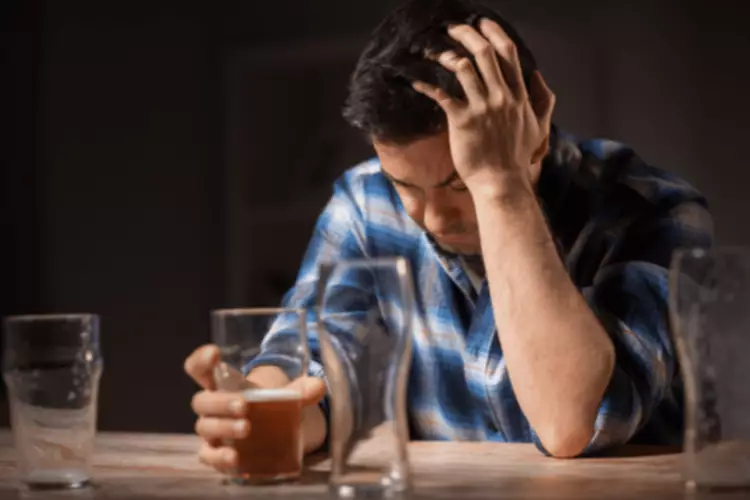
Food and Drug Administration (FDA) for treating AUD that have effects as an alcohol craving medication. We also share other medications that are under investigation for AUD, as well as non-drug alternatives for managing cravings when quitting drinking. Breaking this loop can help a person overcome alcohol cravings and manage their alcohol intake. They can break this loop by avoiding triggers when possible, distracting themselves in the moment, and practicing relaxation techniques. With the right help, including medication and therapy, you can successfully learn to deal with alcohol cravings.
- Making healthy lifestyle choices can significantly impact your ability to curb alcohol cravings.
- Playing video games or reading a book are other examples of activities to do.
- The third FDA-approved medication for treating AUD is Antabuse (disulfiram).
- Support groups serve as a powerful tool in overcoming alcohol cravings.
- As you change your drinking, it’s normal and common to have urges or a craving for alcohol.
- “They also work in your brain,” says Dr. Lorenzo Leggio, who’s the clinical director of the National Institute of Drug Abuse.
Online Learning Courses
Cutting back on alcohol can also prove challenging because some individuals drink out of habit. Maybe you’re used to pairing your evening meals with a couple of glasses of alcohol. You might find yourself stuck in a rut trying to break these habits. The goal of recovery isn’t to “cure” an addiction or eliminate cravings altogether.
What Causes The Urge To Drink And Cravings Happening?
Create a list of positive distractions that you can turn to occupy your energy, thoughts, and mind when alcohol cravings hit. Many people turn to alcohol to remedy their anger, tension, or frustration. Research has shown that alcohol and stress share a bidirectional relationship, where stress increases drinking, and drinking also increases stress [3].
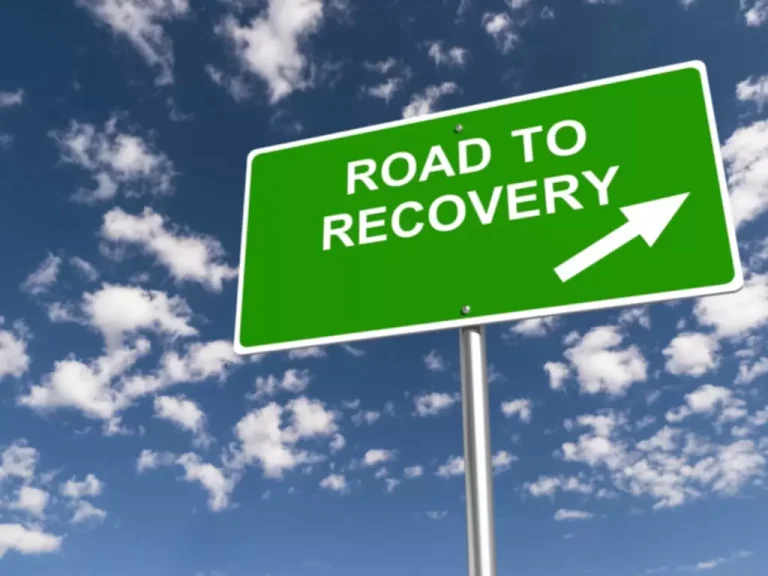
Session 2: Coping With Cravings and Urges to Drink
If an alcohol craving arises, it’s important to have a plan if you don’t want to give in to the temptation. Learning to overcome alcohol cravings the moment it happens and in the long term can help you stop drinking. Alcohol use disorder often includes periods of alcohol intoxication and withdrawal symptoms. To avoid this, it’s vital that you learn ways to manage your alcohol intake and don’t give in to your cravings.
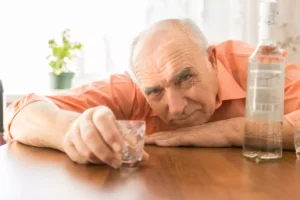
- They can also leave you more sensitive to alcohol’s effects and raise your risk of withdrawal symptoms.
- These changes can lead to tolerance, or a need to drink more in order to feel the same effects.
- Unfortunately, the more you drink, the more dependent you become, and if you’ve been wondering how to curb and overcome alcohol cravings, this guide can help.
- Gillian Tietz is the host of the Sober Powered podcast and recently left her career as a biochemist to create Sober Powered Media, LLC.
- Remember, it is normal to experience cravings in recovery, and changing the way you react to them takes time.
It is important to remember that remaining in recovery, however, is a life-long responsibility that requires a great deal of patience and focus. One of the most difficult challenges that many people face during recovery https://ecosoberhouse.com/ includes experiencing cravings for alcohol. Learning how to deal with these cravings is critical, as they can seemingly come out of nowhere and be triggered by factors as simple as being hungry, tired, or lonely.
Cravings for alcohol can encompass a wide range of sensations, both psychological and physical. Understanding these sensations can help individuals identify and manage alcohol cravings effectively. One of the main ways curbing alcohol cravings a person can help control and prevent alcohol cravings is by understanding what triggers the cravings in the first place. When your alcohol cravings hit, resisting the urge to drink can take a lot of willpower.
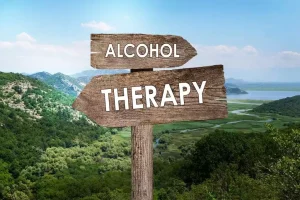
These alcohol addiction treatments can curb cravings and make walking away from the situation more manageable. Acamprosate was previously marketed as Campral and reduces the physical distress and emotional discomfort people can experience when they quit drinking. For some, they pass quickly, while for others, it takes a longer for them to resolve.

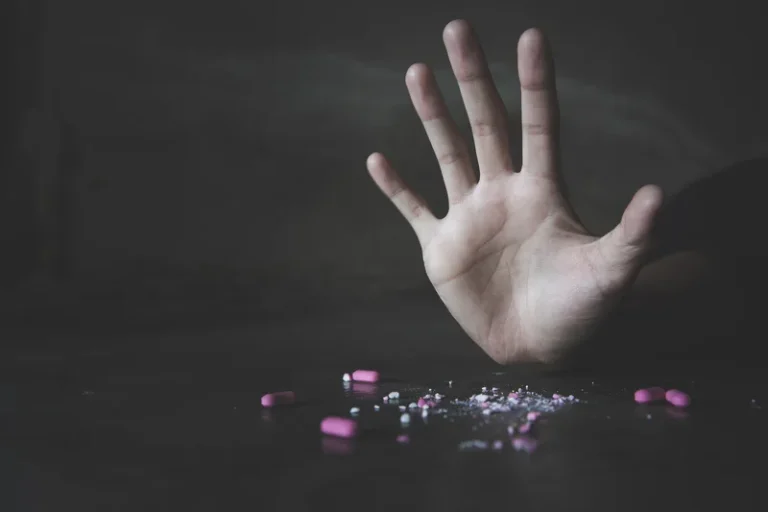
Ideally, these diversions also contribute to long-term or short-term goals, providing a sense of progress and accomplishment that can further diminish the power of cravings. These changes can lead to tolerance, or a need to drink more in order to feel the same effects. They can also leave you more sensitive to alcohol’s effects and raise your risk of withdrawal symptoms. Below, we’ll explore why cravings happen and offer a few tips to manage them, from in-the-moment techniques to long-term coping strategies.